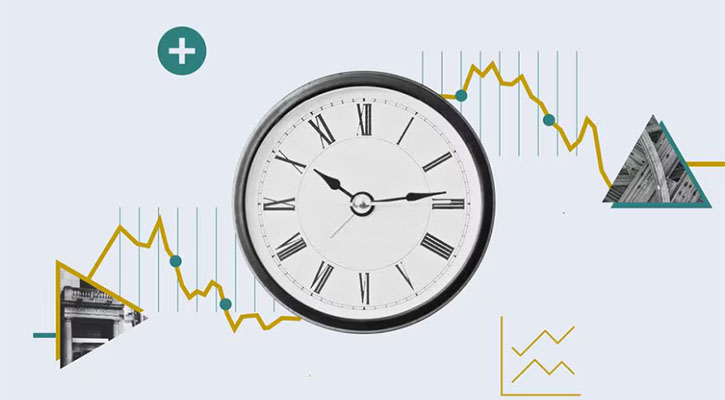Closed-end funds (CEFs) are often touted as vehicles for investors to access illiquid securities such as shares of companies from emerging markets, stocks traded on foreign exchanges, and certain fixed-income investments. In fact, a 2007 academic study suggested a link between CEF discounts and the benefits that investors receive from indirect investment in illiquid securities via CEFs. But frequently left out of these discussions is the illiquidity of some CEFs themselves.
Based on three-month daily trading averages, the most heavily traded CEFs in the US are Central Fund of Canada CEF and Sprott Physical Silver Trust Unit. These funds have traded an average of 1.6 million and 1.1 million shares a day over the past three months, respectively. To many, this may not seem far out of line with other securities' trading patterns. But for comparison, the most heavily traded gold exchange-traded fund, SPDR Gold Shares (GLD), trades an average of 14 million shares a day.
Certainly, most comparisons to ETFs are unfair, but it serves to illustrate the immense difference between trading CEFs and other securities (including micro-cap stocks, many of which have average daily trading volumes well above 1 million shares). With such low trading volumes, a small action, perhaps by only one investor, can move a CEF's share price and its discount substantially. Also, thinly traded securities (not just CEFs) typically have relatively wide bid-ask spreads compared with their more liquid counterparts, making trading more expensive.
Some of the most thinly traded CEFs are those investing in a single country or sector. These types of funds tend to have small net assets and follow a very focused investment strategy, limiting their investor audience.
The table below lists the six most thinly-traded CEFs and the two most heavily-traded based on three month average daily trading volume for comparison.

Each of the most illiquid funds trade just 1,000 shares a day, on average. This number is smaller than many micro-cap stocks, which many investors consider to be illiquid.
While some may take this as a reason to avoid CEFs, limit orders are an easy option to protect against sudden price moves between order placement and fulfillment.
Limit orders allow investors to specify a price above which they will not buy or below which they will not sell. The limit price acts as a safety net should sudden increased trading volume push market prices too far in any direction. With a market order, the purchase (or sale) price may be much higher (or lower) than the price at which the investor was first willing to transact. Needless to say, this will affect the potential profitability of an investment.
While researching a CEF, investors should be aware of the fund's trading volume and its bid-ask spread. We recommend that all CEFs be purchased or sold with limit orders. Depending on how your broker charges fees, this may increase trading costs, but it will limit the risk of your own order causing unfavourable market movements.
Cara Scatizzi is a Closed-end Fund Analyst at Morningstar. This article has been rewritten for a UK audience by Jackie Beard, Director of Closed-end Fund Research with Morningstar UK.






















